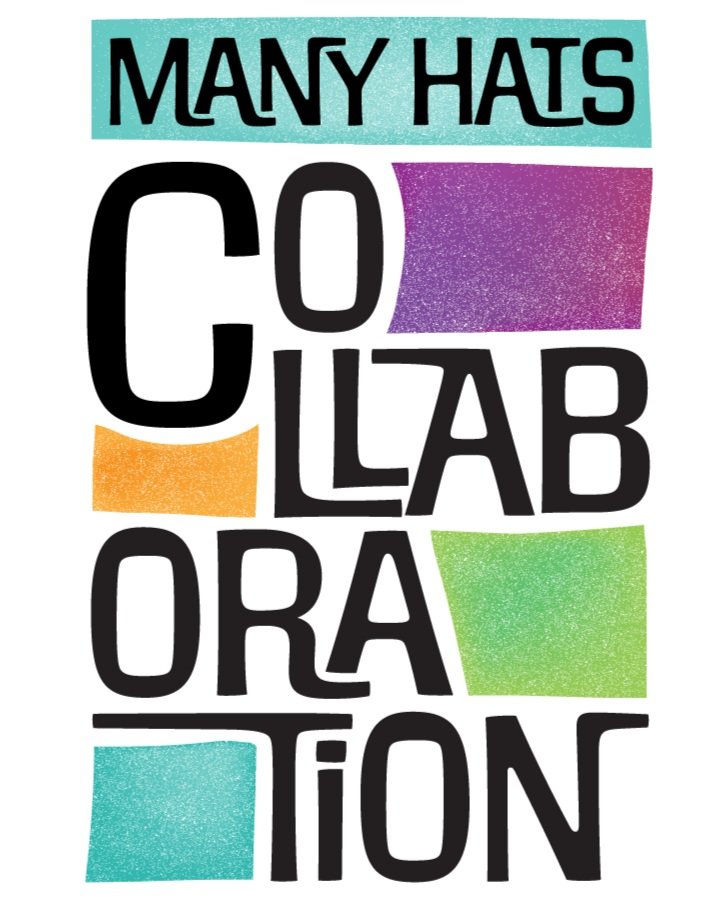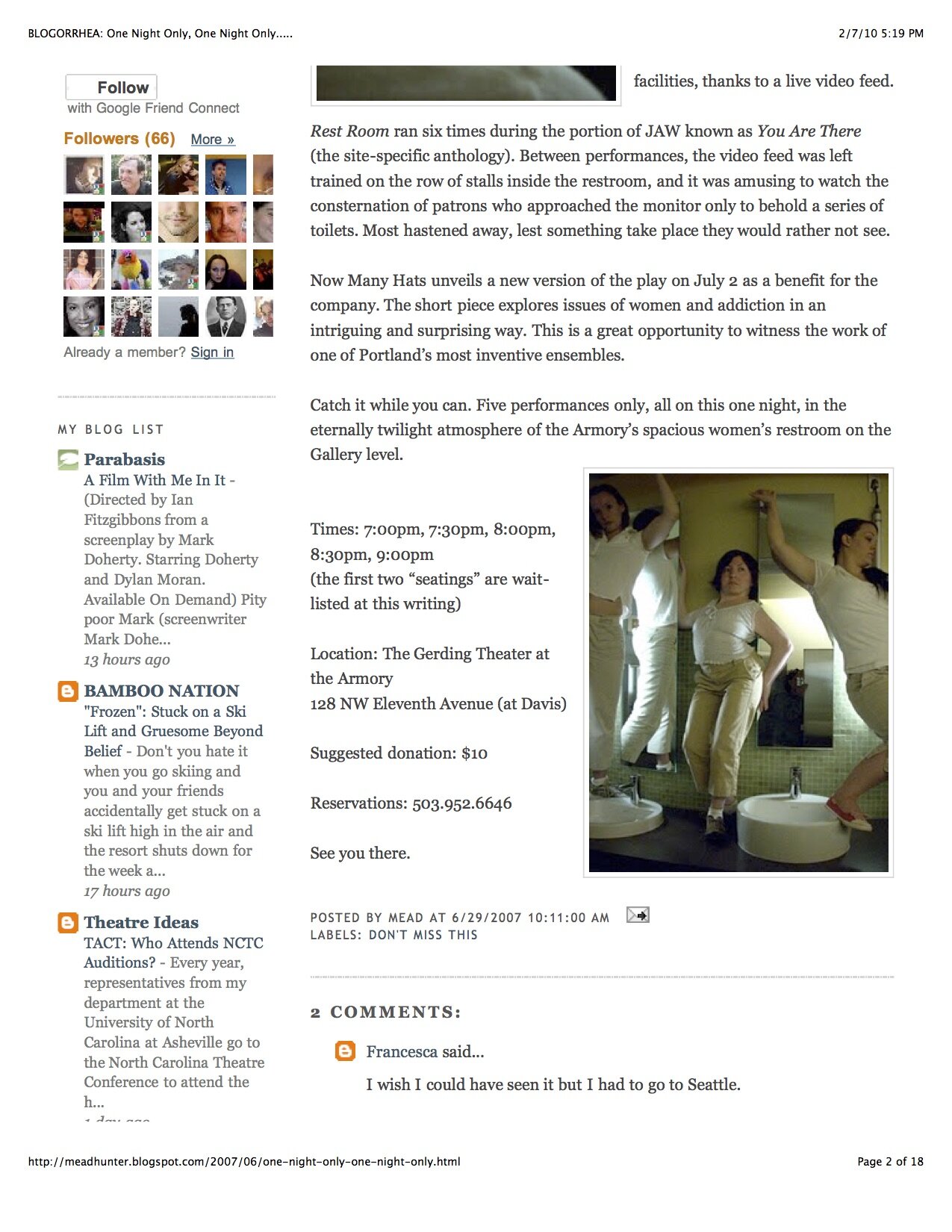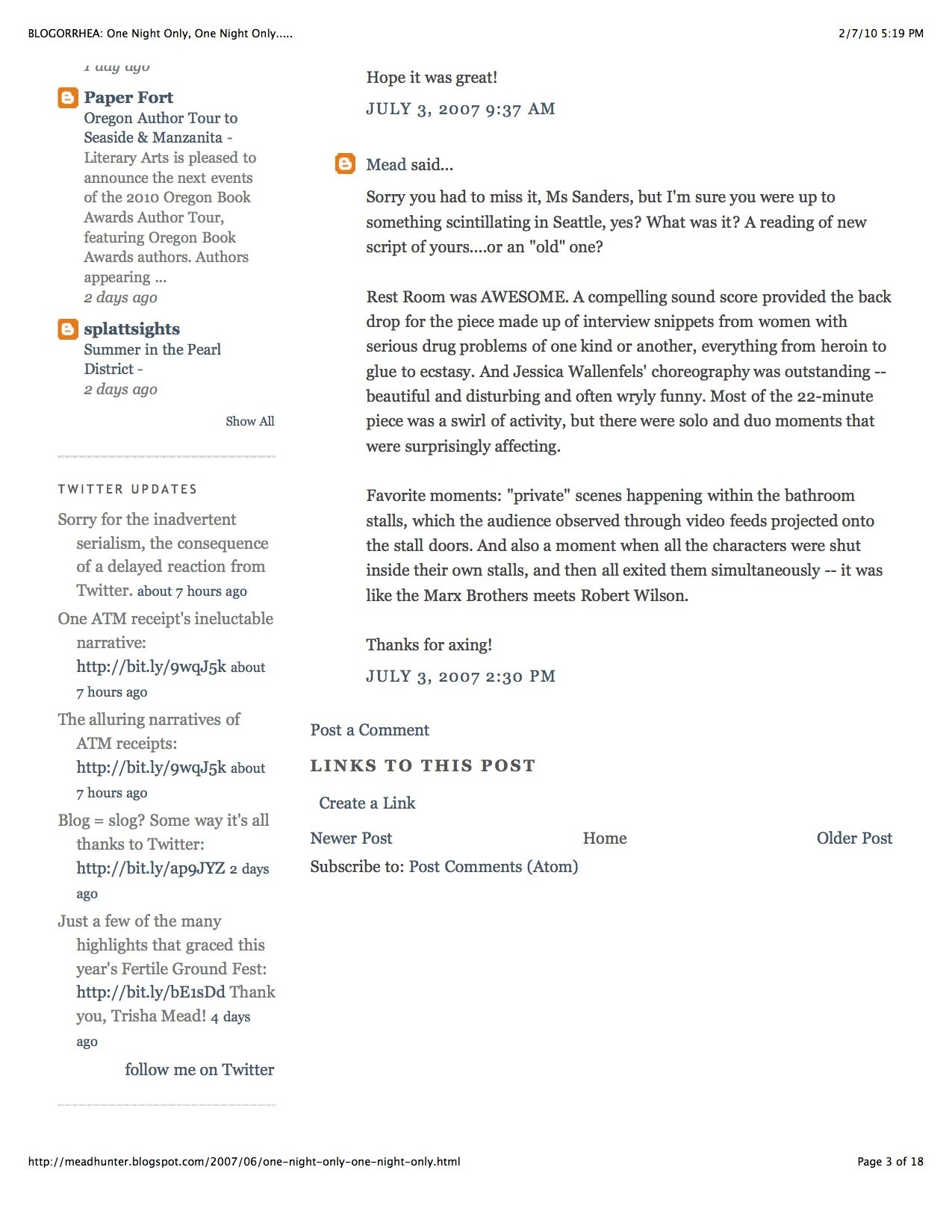Screenshots of process between Beth and I as we tested the prompts before giving them to our participants.
As we went into pre-production for Matter, Fertile Ground announced its first all-digital festival. Somewhere in the weeks that followed, a new seed germinated that I was excited to share with Beth: what if we focused on the unknown that November would bring, and held up a magnifying glass to it. Looked squarely at what we do not know. Time box the creation period to the weeks immediately following the election, and see what happens to us? I thought, "How will the isolation and frustration of 2020 play out through those weeks, particularly for women, as the survivors of the most openly misogynistic President we’ve ever had and the primary caregivers of an at-home living/working environment? Encompassing many identities, the piece might say: “Here we are, the United States of Women in the Bathroom, sorting ourselves out. This is what it looks like.” That it was the centennial of (some) women getting the vote was icing on the cake.
This is how The November Project came to be - different than Rest Room, but informed by it.
Beth Thompson
I brought the idea to Beth who, in the lifelong process of understanding their identity and coming out as non-binary, felt called to embrace that change in their experience and let it inform the piece as it transformed into The November Project. Their call to include nonbinary/trans folks was a no-brainer in terms of inclusion but trickier in terms of doing it well. Talking about the “subtle misogyny” or “pressures” that women face within this piece is a whole different deal than the life threatening oppression that trans people have faced in the Trump era and long before it - something I can’t speak to from personal experience and, as a white cis-passing non-binary person, Beth can't speak to either. We are both still reflecting on whether it was possible to redirect the piece from it's foundational history with integrity. Beth is inspired and warmed by the enthusiasm of the non-binary performers and the repetitions found in their contributions. And, they're also concerned about the ways that the piece may contribute to folks unconsciously conflating non-binary folks with women. But, in the end, including the transforming identities of Rest Room's 2007 chorus members felt like the fullest choice.
Beth Thompson
Beth agreed to take the lead on directing The November Project, accepting the mossy old baton and running far, far into the distance with it. The process has been miraculous, for many reasons. For one, we were able to engage many of the original cast members while adding many more - linking past and present performers I love. Another is the level of Beth’s care in crafting the container that our performers would create within, with extreme compassion and curiosity and safety and thoughtfulness. They redefined the narrative spine of The November Project as an individually-powered process that addresses escape, anxiety, and practices of self-soothing to find hope - vastly expanding the scope into a different, universal story. Next, Beth tested those prompts with our commissioned composer, Yawa Amenta (a feat I’ve never tried with my composer husband!), to bring about a musical piece that far exceeded our expectations.
There’s Lava’s clear-sighted instinct and intellect at work in editing the mountain of material submitted by our 23 contributors. And not least is witnessing myself and others’ aging process through the documentation of the piece - not just in how we look, but how our lives have changed. Lava’s wildly talented wife, Alex Ramirez de la Cruz, figures prominently in the piece. Beth is now managing director of Many Hats. So many cast members are still vibrant parts of our tightly knit Portland theater community. Which, through the wonders of the pandemic, allowed us to work together despite people having moved away. Interestingly, while The November Project set out to document a very specific and pivotal moment in history, it doesn’t necessarily allude to what would become “Stop the Steal” or the illegal insurrection of the nation’’s capital by a group of unlawful rioters on January 6, 2021. At the atomic-level of personal v. political, it’s almost as if The November Project captures a release of pressure, that lull before reaction began to build again.
Looking back on a 26-year process, I have to ask myself: Why won’t it let me go, this idea that came from a quasi-offhand comment from an NA meeting nearly three decades ago?
Beth Thompson
I can only speculate, but from where I’m standing it seems that for my mom, drugs were a way that she could access some kindness to herself, even a belief in her own self worth. Maybe, that time and space of being high was locked in a private room, a private mental space that was her own, where no one could tell her she was worthless or flawed.
And the woman in the NA meeting I was struck by may not have been saying this at all, but what I subconsciously heard was: “I will not have my one source of well-being fucked with by a man.” Yes, she was flawed, as we all are, in looking for self-love in the wrong place. But she had found it for the moment, and she would not have it compromised.
In my imagination of the piece, the bathroom (as code for addiction) represented a temporary refuge from a torrent of self-hating thoughts specific to women who feel they are falling short on a variety of expectations specific to being female: the way we look, the way we’re perceived by others, our ability to please others, and to be kind, liked, and nice at all times. However, the rain of self-criticism for ANYONE fighting the misogynist, hetreonormative patriarchy on a daily basis is often relentless. Therefore the release from this self-critical (self-hating?) mindset is an exquisite thing - setting down a heavy and ancient burden.
Joan Rivers inspo shot by Truman Moore
In our post-Spice Girls reality, where female self empowerment has become marketable, it’s hard to imagine a world where you would need to keep your own self regard a secret. Yet we all know how hard it is to practice actual self-love on the daily. Self-care is a booming industry, and at the bottom of the products and services and creams is a feeling of well-being and self-compassion that you can’t get from a package. That feeling is elusive, and worth chasing.
And does the feeling (still) need to be a secret? Or am I allowed to wear my worthiness on the outside, without fear of being labelled self-aggrandizing or overly superior, or any of the other adjectives we use to describe women who might act a little too self-assured (including man-ish)?
In Beth and Lava’s 2020 November Project, you will find nonbinary and female people finding a space to come to stillness. You will see the characters fighting their anxiety, falling into despair and sitting with their boredom. And because our performers are all dramatists by nature, they begin, eventually, to move the heaviness they arrived with. Somehow. Through their bodies. Until it transforms into something else. You will see that self-soothing and the ability to self-care is a very human, perhaps even an animal, trait (see info on how animals shake themselves to restore equilibrium after traumatic fight/flight reaction). Humans facing the highest orders of adversity can, somehow, find a way through it - and watching fictional characters engage in this process is why I believe theater exists: to watch others go through it.
SPOILER: There are several moments toward the end of the 12 minute November Project where you see performers looking in the mirror at themselves, BEING ALRIGHT WITH THEMSELVES. It’s a quiet thing, but revolutionary. One performer, Trisha Fey Lazo Elizarde-Miller, wears a facial-type mud mask and looks at herself. She is neither vain nor disappointed: she approves. SHE approves. Nobody else.




























